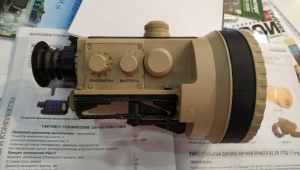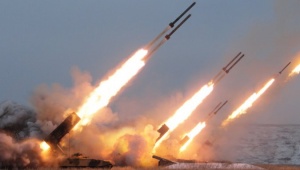A source in the Navy told Mil.Today that the decision to postpone the ship’s handover had been made by the scientific council of the Naval Academy on December 26.
The ship "appeared to have seven serious problems to be resolved, some on papers, some upon follow-up revision", the insider added. The break in the ship’s trials was personally declared by the head of the state commission. The next session was scheduled on February 1, and then the decisions will be analyzed and signed."Well, the ship could have been commissioned in December, but the navy plays safe to avoid future problems. Gren did have certain problems of seaworthiness and stability in the past, but they were fixed then. The only issue remained is backward run steerage", he said.
Press service of the Yantar Shipyard refused to answer the Mil.Today’s questions. Russian Navy’s spokesman, Capt 1 Rank Igor Dygalo failed to pick up the phone either.
The ship’s diesel engine, D1049, was made by the Kolomensky Zavod. It is connected to the screw via reduction gear produced by Zvezda PJSC. According to the Kolomensky Zavod’s officials, they are not aware of any problems regarding the engine. "Thus, the issue is either about reduction gear or the failure is non-fatal and can be fixed", another expert told Mil.Today.
Press service of Zvezda PJSC could not give any prompt comments; the company’s director Pavel Plavnik was inaccessible. Later, on January 17, Zvezda’s spokesman reported there were no problems with the reduction gear.
"Some problems are connected only with the reverse speed", Sergey Vlasov, director of Nevskoye Design Bureau that developed the ship’s project shared with Mil.Today.An insider at a Russian design office harshly criticized navigability of Ivan Gren and discredited the need for serial production of these ships. As for him, the project was designed for the ‘river-sea’ zones to redeploy landing parties between different theaters, and the ship’s dimensions initially corresponded to parameters of the Volga-Don Canal locks and clearance of bridges.
"Project 11711 was meant to replace the small-size obsolete Project 775 landing ships, it was literally whomped up", said the shipbuilder. "When the ‘river-sea’ condition was lifted, they made the ship’s deck structure larger. This and other alterations negatively affected the hull stability", the expert concluded.























